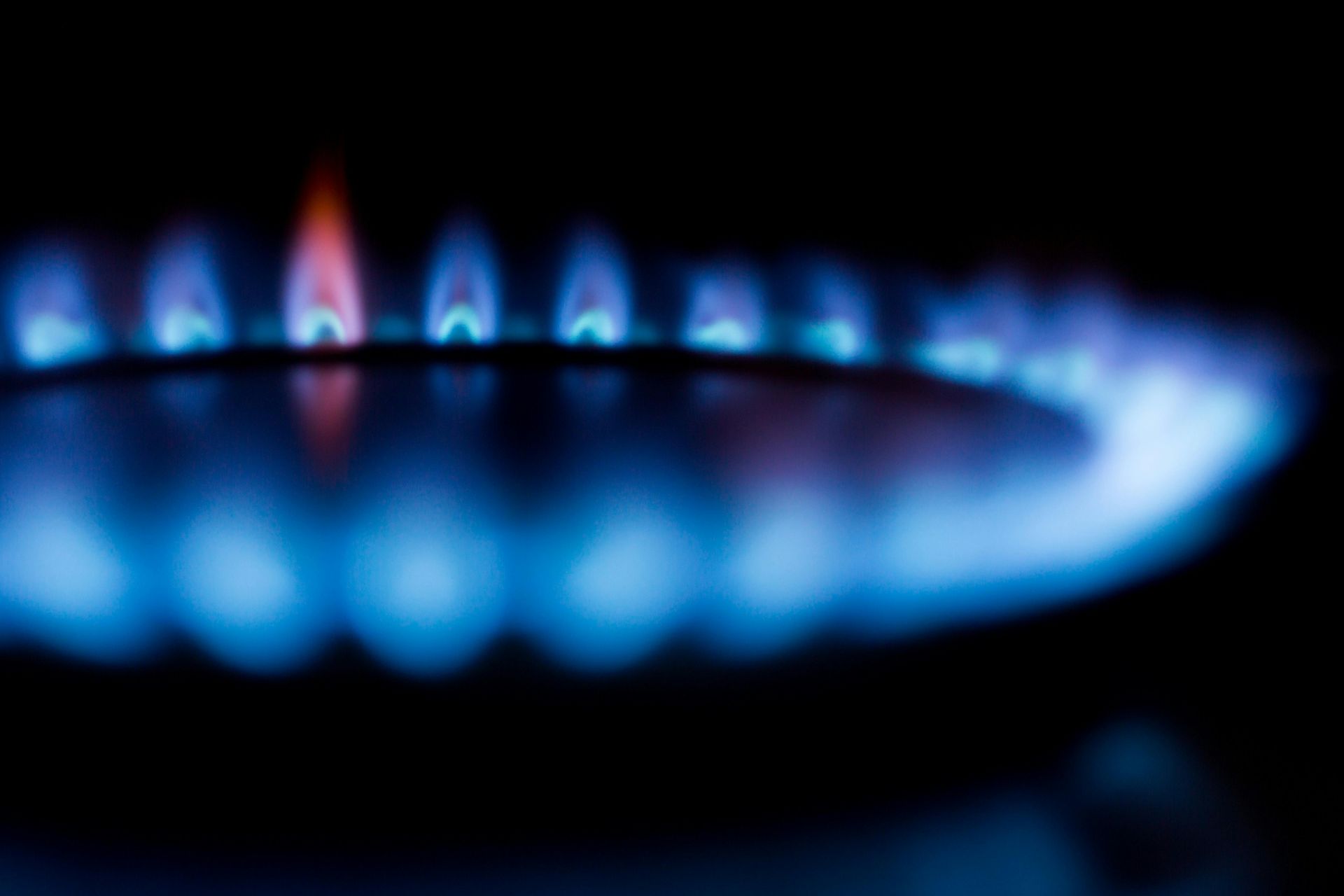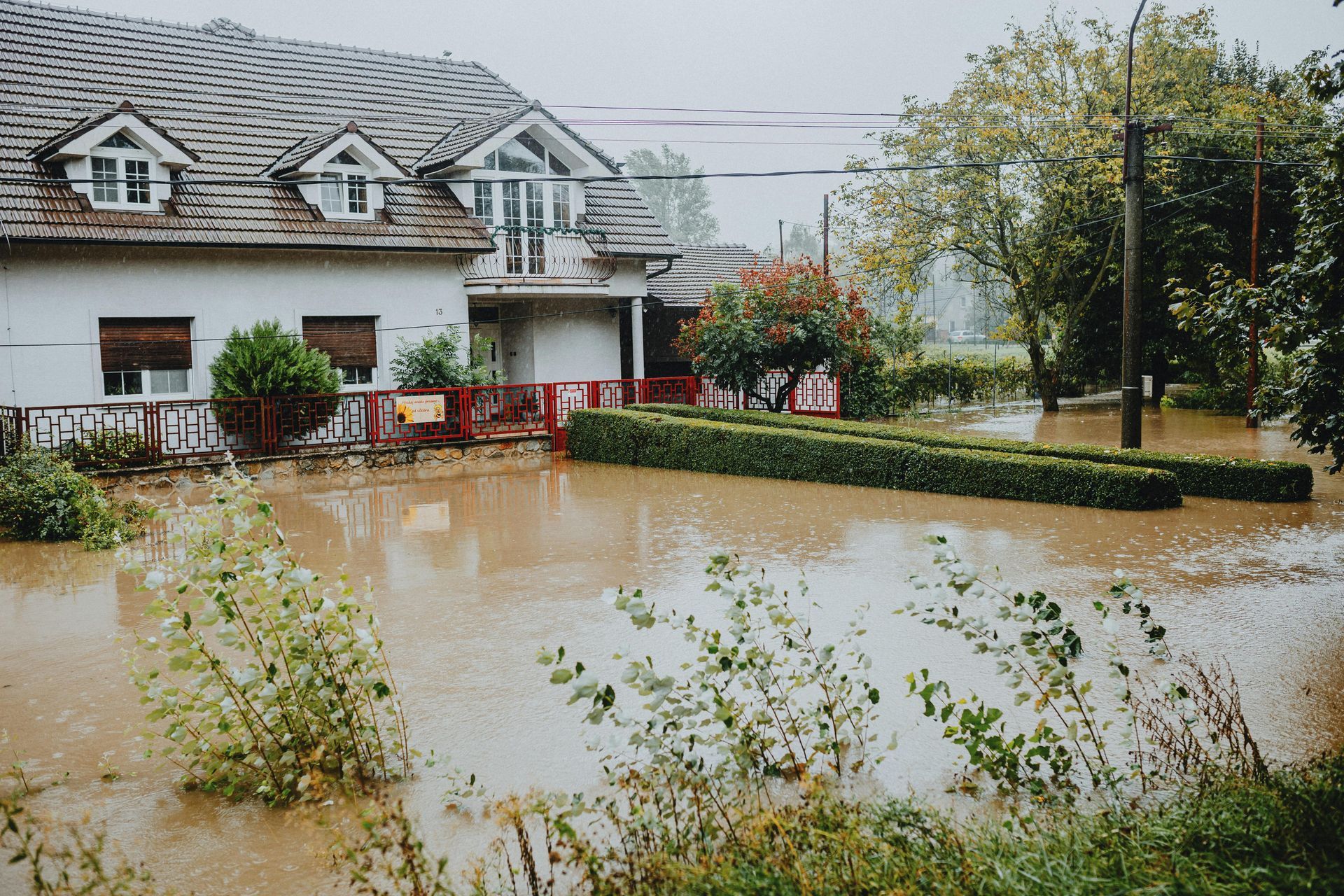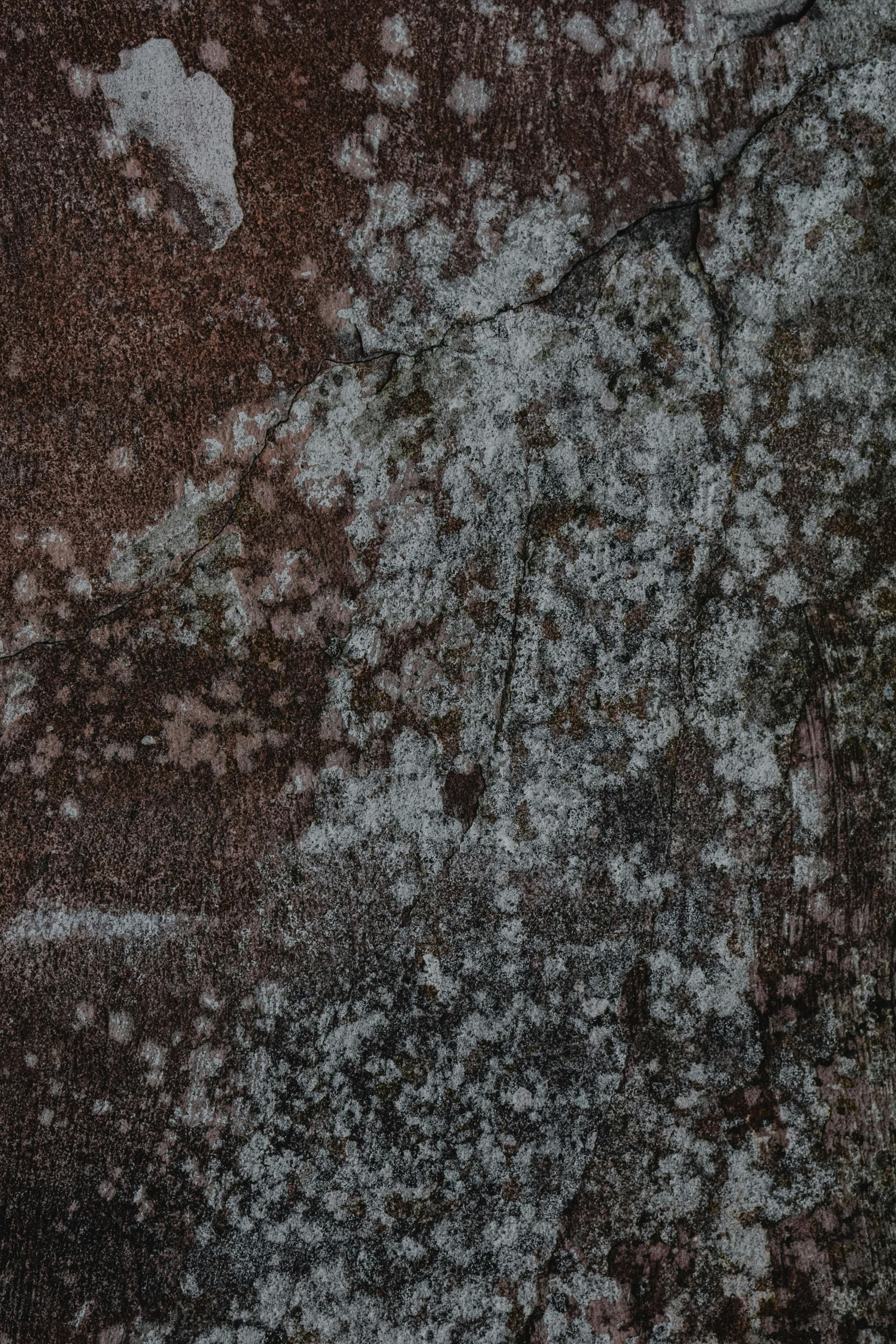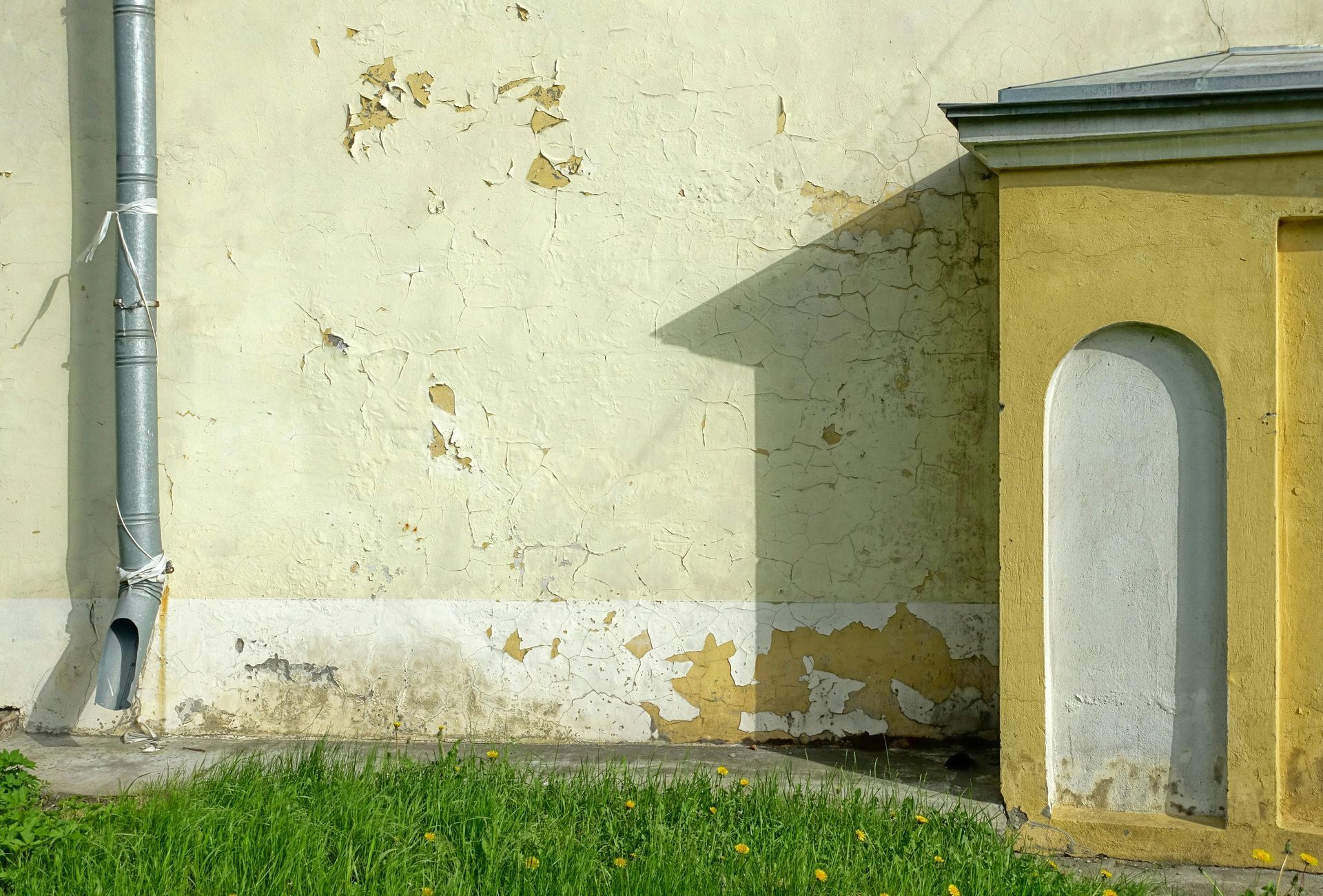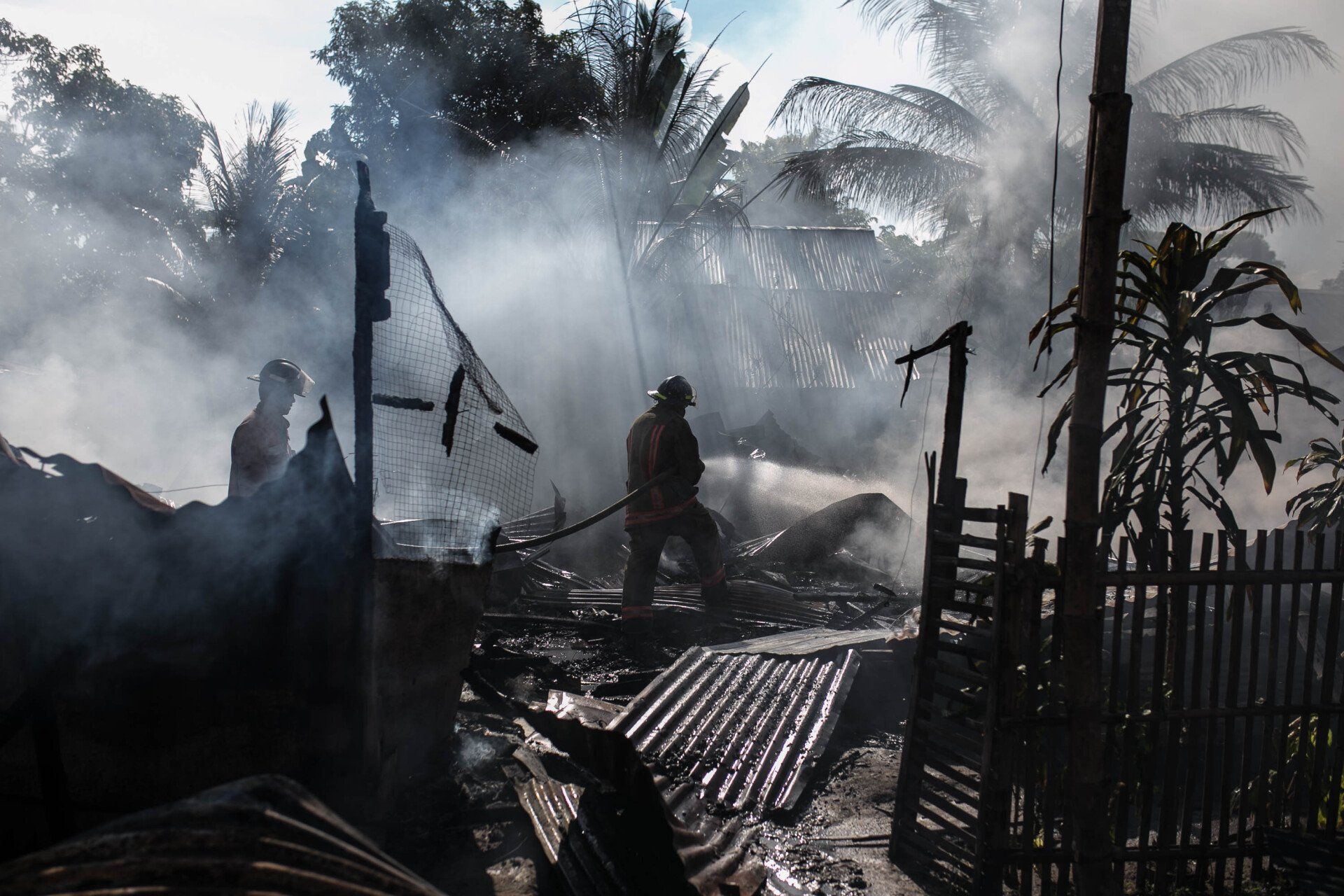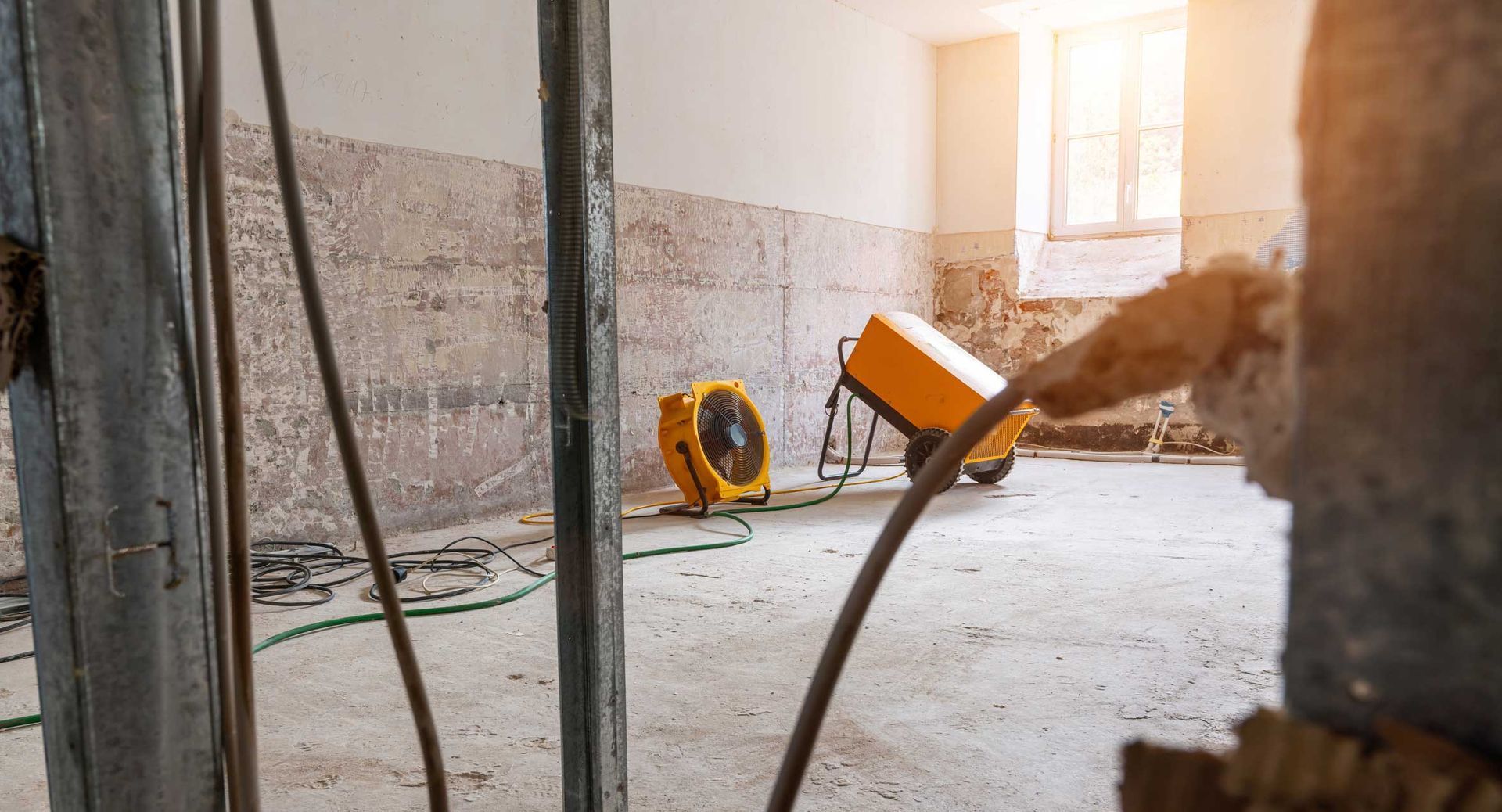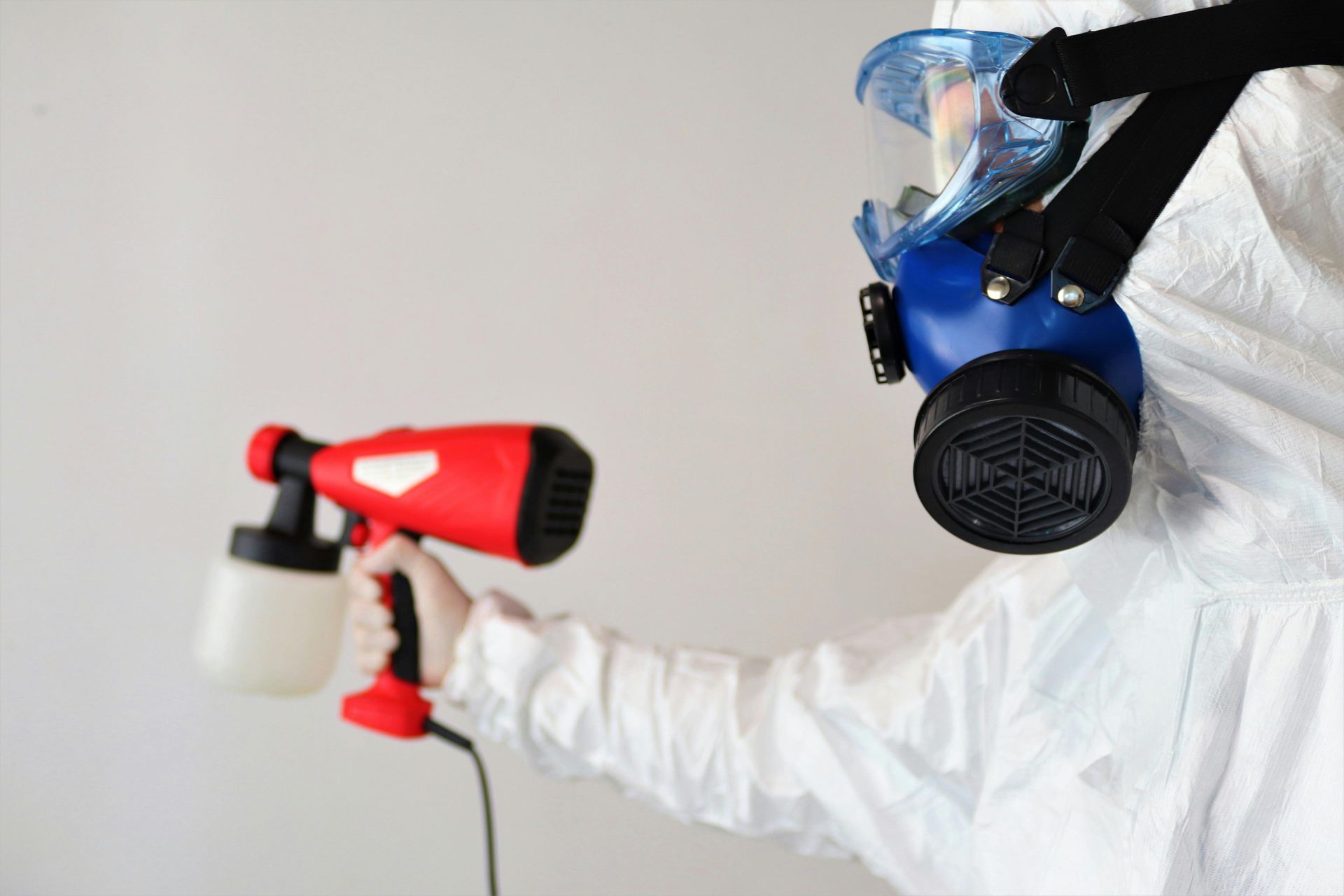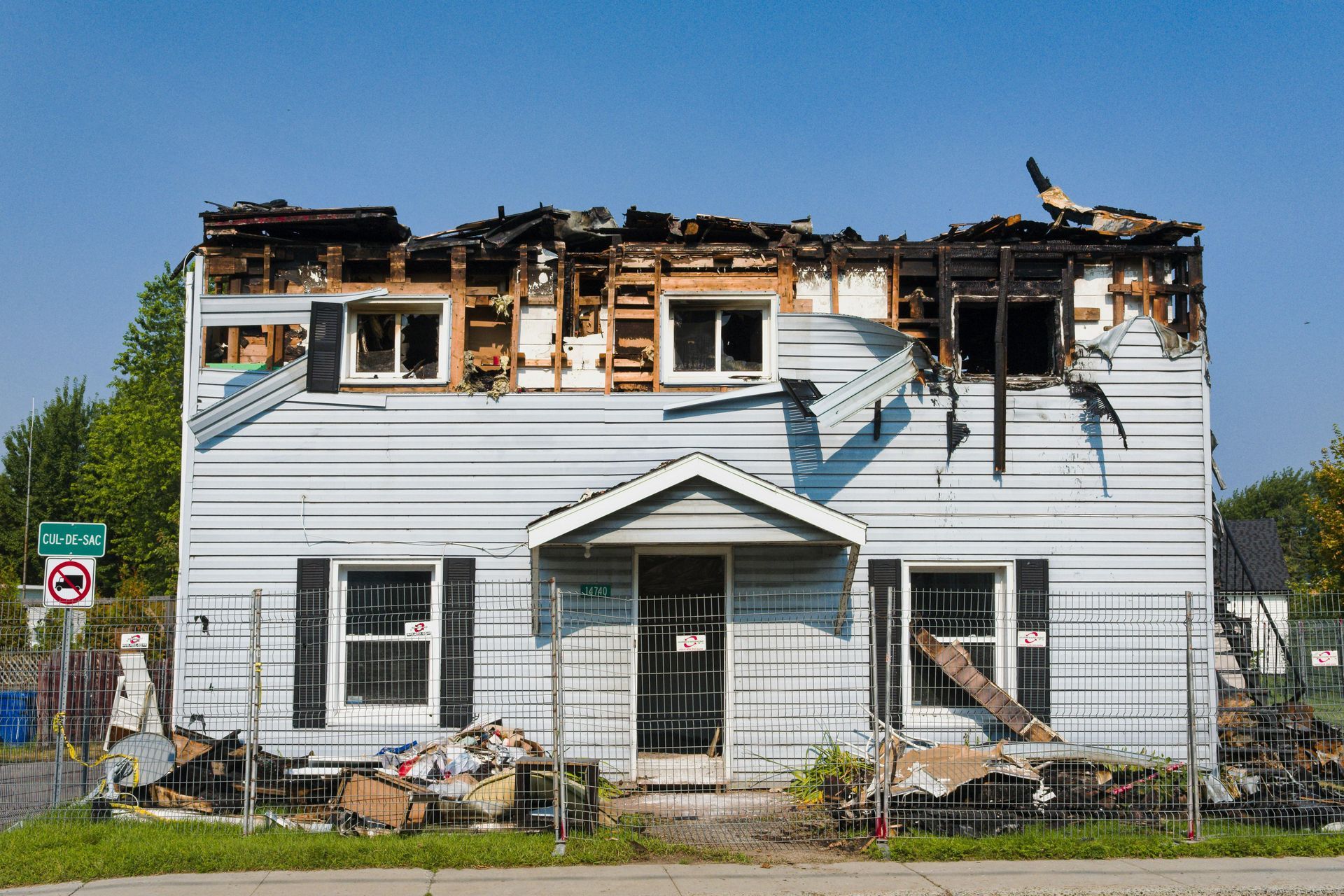The Signs You Need Professional Mold Remediation Services
Don't Ignore the Signs of Mold: When to Call in Professional Remediation Services
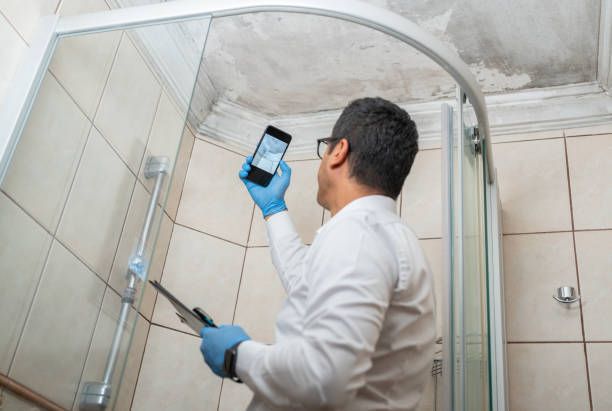
It's critical to recognize the signs of mold at an early stage. Mold, whether it's the pink variety often found on shower curtains or the more common greenish-gray mildew, can pose significant health risks, including persistent mold symptoms such as allergies and respiratory issues. It's essential to understand when it's time to call in professional mold remediation services. We'll discuss the telltale symptoms of mold, how to identify different types of mold, and, most importantly, the steps you should take to ensure a safe and healthy home environment.
Visible Mold Growth
One of the common
signs of mold is visible growth, which can appear in a variety of colors and textures. The most common types are black, green, and white mold.
Black mold, or Stachybotrys chartarum, is one of the most infamous types of mold due to its potential health risks. It often presents as a black or dark green, slimy texture, and commonly grows on high-cellulose materials like drywall, carpet, or insulation that have been exposed to consistent moisture.
Green mold is a generic term that includes several species of fungi. It can range from bright green to dark olive green and typically has a fuzzy texture. Green mold is a common sight on bread, walls, or fabrics that have been left damp.
White mold, on the other hand, can be harder to identify because it can be mistaken for efflorescence, a type of mineral deposit found on damp walls. However, unlike efflorescence, white mold grows in a circular pattern, has a powdery texture, and tends to infiltrate the material it resides on.
Visible mold growth often shows as discoloration or stains on walls, floors, or ceilings. It can also manifest as a fuzzy or slimy texture that indicates mold colonies are thriving. You might also notice a musty odor, another telltale sign of mold.
Mold, especially when left untreated, poses significant health risks. Exposure to mold can trigger allergic reactions, cause respiratory problems, and, in severe cases, lead to toxic mold syndrome. Symptoms of mold exposure can range from a runny nose and eye irritation to more serious conditions like asthma exacerbation and difficulty in breathing.
It is crucial to address visible mold growth promptly. While small infestations can sometimes be handled with over-the-counter solutions, it's often safer and more effective to call in professional mold remediation services. These experts are trained to safely remove mold and prevent future growth, mitigating the risks to your health and the structural integrity of your home. Remember, when it comes to mold, early detection and immediate action are key to maintaining a safe and healthy living environment.
Musty Odors
Musty odors are a significant indication of hidden mold growth in one's home. This unpleasant smell can be likened to a damp, earthy, or rotting leaves scent, and it often intensifies in particular areas of the house, especially those that are humid, lack adequate ventilation, or have suffered water damage.
A musty odor is the result of Mold Volatile Organic Compounds (MVOCs) that are produced when mold is growing and consuming a material. While not all molds produce a noticeable smell, a persistent musty odor generally suggests that mold is present, even when there is no visible growth.
This distinct smell is especially prevalent in basements, attics, bathrooms, and kitchens, where moisture levels are typically high. Upon detecting a musty smell, it's crucial to investigate the area for potential mold growth immediately. This odor might be stronger near sources of water or behind walls where mold can proliferate undisturbed.
In terms of health risks, musty odors don't just cause discomfort and unpleasant living conditions. Prolonged exposure to these odors often indicates exposure to mold spores, which can lead to health problems over time. While the musty smell itself is not harmful, it signifies the presence of mold in your home, which may trigger allergic reactions, cause respiratory issues, and lead to mold-related health problems. Symptoms associated with exposure to musty odors from mold can include headaches, difficulty breathing, sinus congestion, throat irritation, and, in severe cases, toxic mold syndrome.
Addressing musty odors promptly is crucial in preventing these health risks and maintaining the structural integrity of your home. Even if you can't see visible signs of mold, a musty odor should not be ignored. It's highly recommended that you seek professional mold remediation services as soon as musty odors are detected. These professionals have the necessary training and equipment to locate hidden mold growth, remove it safely, and implement preventative measures to reduce the chance of reoccurrence.
Remember that musty odors are more than just a nuisance— they're a red flag for potential mold growth and should be addressed without delay. Recognizing and responding promptly to these odors could protect your health and your home from the damaging effects of mold.
Water Damage
Water damage is a common precursor to mold growth in homes. It can occur due to various factors, such as leaks, floods, or even high levels of humidity. Leaks can be from pipes, the roof, or windows, while floods usually result from extreme weather events or plumbing failures. Similarly, high humidity levels, especially in rooms like the kitchen, bathroom, or basement, can provide the ideal conditions for mold to thrive.
Recognizing water damage can be instrumental in preventing mold proliferation. Key signs to look out for include stains on the walls, ceilings, or floors. These could be brown, yellow, or copper in color. Peeling paint is another indication of water damage, as the moisture seeping into the walls can cause the adhesion between the paint and the wall to break down. Additionally, surfaces such as floors or walls may become warped or buckled due to the absorption of excessive moisture.
Water damage does not just compromise the structural integrity of your home but also poses significant health risks. Damp environments cultivate mold and bacteria that can exacerbate allergies, trigger respiratory issues, and cause other health problems. Symptoms of exposure to mold can range from coughing, wheezing, and eye irritation to more severe conditions, such as asthma attacks or other respiratory diseases.
Given the potential health risks and structural damage, it is crucial to address water damage promptly. Small areas of water damage can sometimes be repaired using DIY methods, but for larger areas or if mold appears, professional remediation services are often necessary. North Eastern Restoration's mold remediation experts are trained to safely handle
mold removal, dry out damp areas, and implement preventative measures to inhibit future mold growth.
By recognizing the signs of water damage and addressing them swiftly, you can protect the health of your household and maintain the structural integrity of your home. Remember, the key to managing water damage and the resulting mold growth is early detection, immediate action, and, when necessary, professional intervention.
Allergic Reactions
Allergic reactions are often a prime sign of mold growth in one's home, manifesting in various symptoms that may be mistaken for common allergies. Sneezing, coughing, and itchy, watery eyes are typical reactions resulting from exposure to mold spores. These symptoms occur as the body's immune system reacts to the foreign substance, using inflammation as a response. However, unlike common allergies that may come and go with the seasons, mold allergies persist as long as one continues to inhabit a mold-infested environment.
Skin rashes or hives, sinus congestion, and throat irritation are also common signs of a mold allergy. These symptoms may escalate to more severe respiratory issues, such as difficulty in breathing, chest tightness, and wheezing. Individuals with asthma or other respiratory conditions are particularly susceptible to aggravated symptoms when exposed to mold.
It's crucial to understand that these allergic reactions can significantly impact an individual's health if not addressed promptly. Chronic exposure to mold can lead to ongoing health issues, such as "sick building syndrome," where individuals experience symptoms specifically related to the time spent in a particular building, usually their home.
However, the symptoms of a mold allergy are similar to those of many other allergies, making it easy to misdiagnose or overlook mold as the root cause. In this case, recognizing the correlation between these allergic reactions and the presence of mold in the environment is vital. If these symptoms persist even after regular allergy remedies, it is highly likely that mold growth in the home is the culprit.
It's fundamental to address mold infestations promptly. While minor mold problems can be resolved with over-the-counter solutions, larger infestations require the intervention of professional mold remediation services, such as North Eastern Restoration. Our experts are equipped with the necessary training and tools to safely eliminate mold and prevent future growth, significantly reducing the health risks associated with mold exposure.
Recognizing and responding promptly to allergic reactions associated with mold exposure is pivotal in maintaining a healthy living environment. The importance of professional mold remediation cannot be overstated in preserving a safe and healthy home.
Discoloration and Stains
Discoloration and stains are often conspicuous signs of mold growth, prompting immediate attention. Notably, green or black stains on walls, ceilings, or even shower curtains often indicate the presence of mold. While mold can appear in a variety of colors, green and black are the most common and may hint at the presence of particularly harmful species, such as Stachybotrys chartarum, commonly known as toxic black mold.
Recognizing these discoloration and stains is critical. Look for dark spots, streaks, or patches that gradually expand over time. These irregularities often appear in damp, humid areas of your home, such as basements, bathrooms, and laundry rooms. However, they can also manifest on walls, ceilings, or the underside of carpets, particularly if there is water damage or high levels of humidity.
In many cases, these stains are accompanied by other signs of mold, such as a musty odor or the presence of mildew— a mold that tends to be gray or white and powdery. The color and texture of these stains can vary widely, from fuzzy or slimy green mold to black specks and patches. Pink mold, although not technically mold but a bacteria, poses similar risks and appears as a slimy, pinkish residue commonly found in bathrooms.
The health risks associated with these discolorations and stains are considerable. Prolonged exposure to mold can lead to a variety of symptoms, ranging from sneezing, coughing, and skin irritation to more severe respiratory problems. Those with existing allergies or respiratory conditions may experience heightened symptoms, and in extreme cases, exposure can lead to serious conditions such as chronic bronchitis and lung inflammation.
Given these potential health risks, it is vital to address discoloration and stains promptly. While minor mold problems can sometimes be addressed through DIY methods, professional
mold remediation services are often necessary for larger infestations. North Eastern Restoration's mold remediation experts are equipped to handle mold removal safely, dry out damp areas, and implement preventative measures to inhibit future mold growth.
Book Mold Remediation Services Today!
Don't let mold compromise your health and the value of your home.
North Eastern Restoration offers professional mold remediation services, ensuring your living environment is safe and free from hazardous mold growth. Our team will meticulously inspect your property, promptly eliminate any mold presence, and implement measures to prevent future infestations. We pride ourselves on delivering swift, efficient, and thorough services to bring you peace of mind. Don't wait for mold symptoms to escalate; act now! Contact North Eastern Restoration today, and let us restore the safety and integrity of your home!
